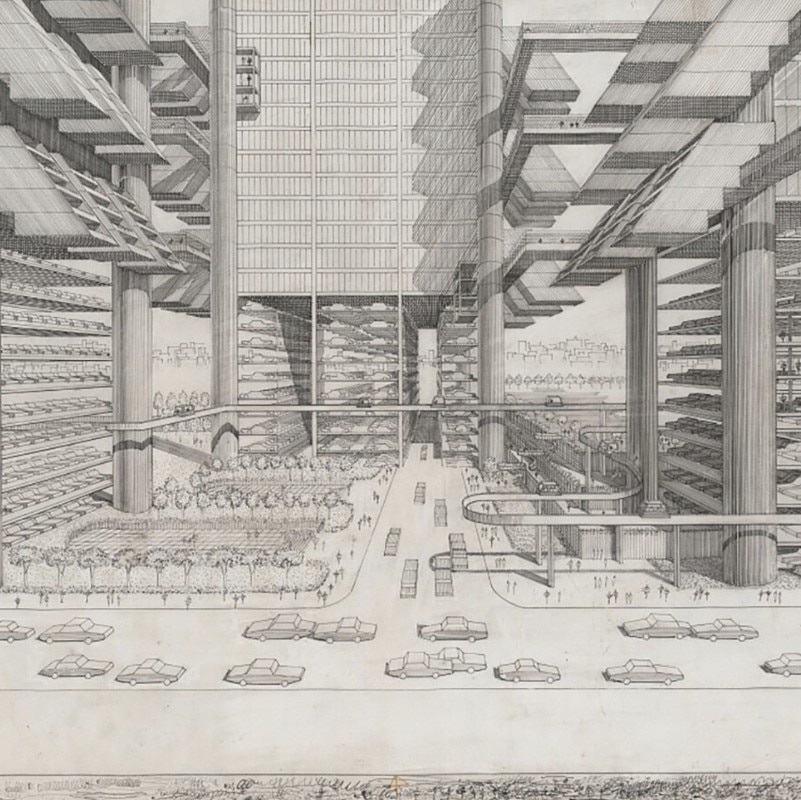The Metropolitan Museum of Art in New York will host a major exhibition from September 30, 2024, to March 16, 2025, dedicated to the work of Paul Rudolph, one of the most significant architects of the 20th century. Materialized Space: The Architecture of Paul Rudolph will showcase Rudolph’s works from the 1950s to the 1970s, with more than 80 items, including architectural drawings, furniture, material samples, models, and photographs. Spanning the entirety of his career, it will demonstrate his influence on modern and contemporary architecture.
Paul Rudolph’s works, including unrealised ones, in a major exhibition at the MET
The exhibition in New York will offer an opportunity to explore the influence of the visionary projects—both built and unbuilt—of the great Brutalist architect.
View Article details
- Lucia Brandoli
- 13 September 2024
Known for his bold and expressive use of space and materials, unlike his modernist peers, Rudolph was famous for his use of complex volumes and textures. A highlight of the exhibition will be the designs for the Lower Manhattan Expressway / City Corridor, a visionary master plan conceived between 1967 and 1972 to address New York’s traffic congestion but never realized: a massive elevated structure that integrated residential, public, and commercial spaces. Also featured will be materials for the Art and Architecture Building on the Yale University campus, completed in 1958. This building, with its solid concrete facade, is considered a masterpiece of Brutalist architecture. The intricate interior spaces are a perfect example of Rudolph’s compositional mastery in assembling dynamic and engaging spaces.

Prints and Photographs Division, Library of Congress.
The Museum of Modern Art, New York, Gift of the Howard Gilman Foundation (1290.2000).
School of Architecture, Yale University, Manuscripts and Archives, Yale University Library.
Photograph by Ezra Stoller. Photograph © Ezra Stoller/Esto, Yossi Milo Gallery.
Photograph by Ezra Stoller for House Beautiful Photograph © Ezra Stoller/Esto, Yossi Milo Gallery.
Photograph by Eileen Travell.